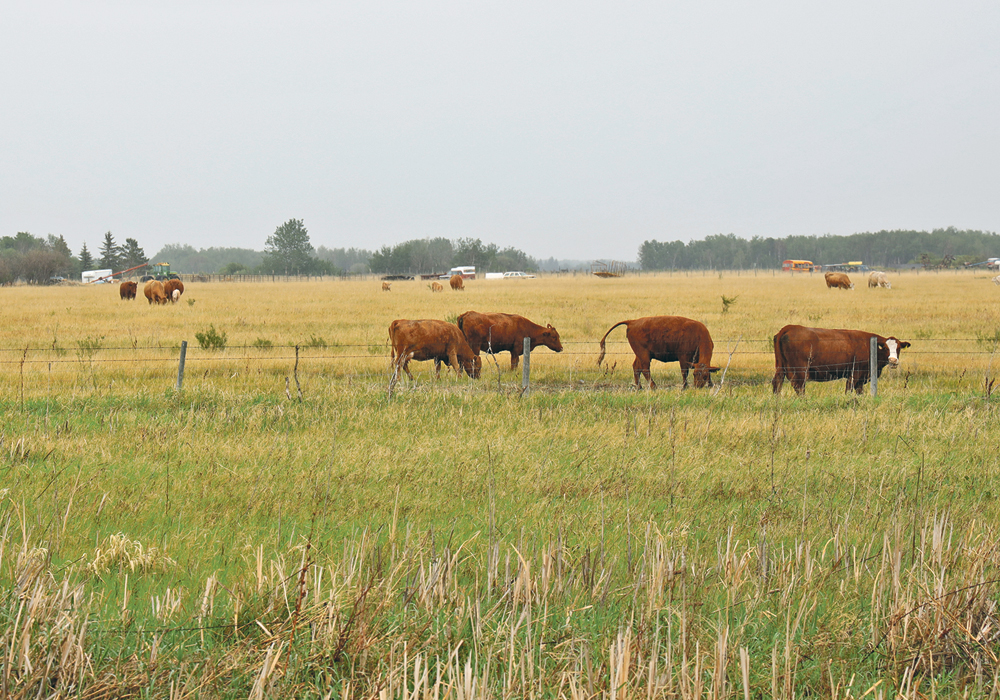Affluent consumers in Mexico, China, Taiwan and Japan are aware of Canadian beef and have favourable opinions
EDMONTON — Canada has made impressive inroads thanks to new trade agreements and market strategies that aim for the biggest bang for the buck.
“We may not be the biggest and we may not be in every market,” said Bryan Walton, retired manager of the Alberta Cattle Feeders Association and now a consultant.
“What can we do to capture the category that gets us the biggest premium?”
Scanning recent research that focused on 4,700 affluent consumers in Mexico, China, Taiwan and Japan, the results showed people were aware of Canadian beef and had favourable opinions about the product.
Read Also

Why feds imposed EV tariffs
Moe and Kinew have a fight on their hands when it comes to eliminating the EV tariff. Canada has to worry about pissing off the U.S. and Mexico and hundreds of thousands of auto workers.
Japan is an important market for Canada, and exports have tripled in the first quarter of 2019 over 2018. About 48 percent of consumers in that country said they were slightly aware of Canadian beef, he told the Canadian Angus Association annual meeting in Drumheller, Alta.
The Chinese appeared to be aware of Canadian beef and ranked it as a high quality product over some of Canada’s competitors. While trade with China is stumbling, it was good to know beef still holds a good position in consumers’ minds.
“We don’t have a large presence in China and a lot of beef that has gone into China has gone through the grey market where it loses its identity,” he said.
The Taiwanese are less familiar with it but regard it as high quality.
The Mexicans ranked Canadian beef as the highest quality over product from Mexico, Argentina and United States. However, trade with Mexico has declined by about 30 percent in recent years.
A renewed strategy to sell beef to the right customer at the best price is the focus of Michael Young, the new president of Canada Beef.
The real premium market is at home and more work will be aimed at working with meat customers here. However, more targeted marketing will continue in Asian markets where there has been double and triple digit growth into places like Japan, China, Philippines and Taiwan.
“These are small numbers but they are growing. The opportunities are out there and there are more customers looking forward to buying Canadian beef,” he said at the Alberta Beef Producers spring meeting in Edmonton.
The focus has to be on the kind of products those customers want.
Japanese cooks like grain-fed beef and are often looking for thin meat for the barbecue, but there is a growing trend toward grilling steaks.
The current trade relationship with China is shaky, but its consumers are still looking for high quality grain-fed beef. They need a better product assortment because right now they must buy a cattle pack with all the cuts and may not know how to fully use them, said Young.
African swine fever in China is on the watch list. Hog losses could be as high as 50 percent because of the deadly disease and consumers will need high quality protein, which means there could be a space for beef.
Trade disputes have resulted in more meat inspections that have focused on pork, but beef could be subject to them as well.
“Our number is small in China, but the rate of growth is quite impressive at over 400 percent,” he said.
“If the Chinese want to find something wrong with your product, they’ll find it.”
















